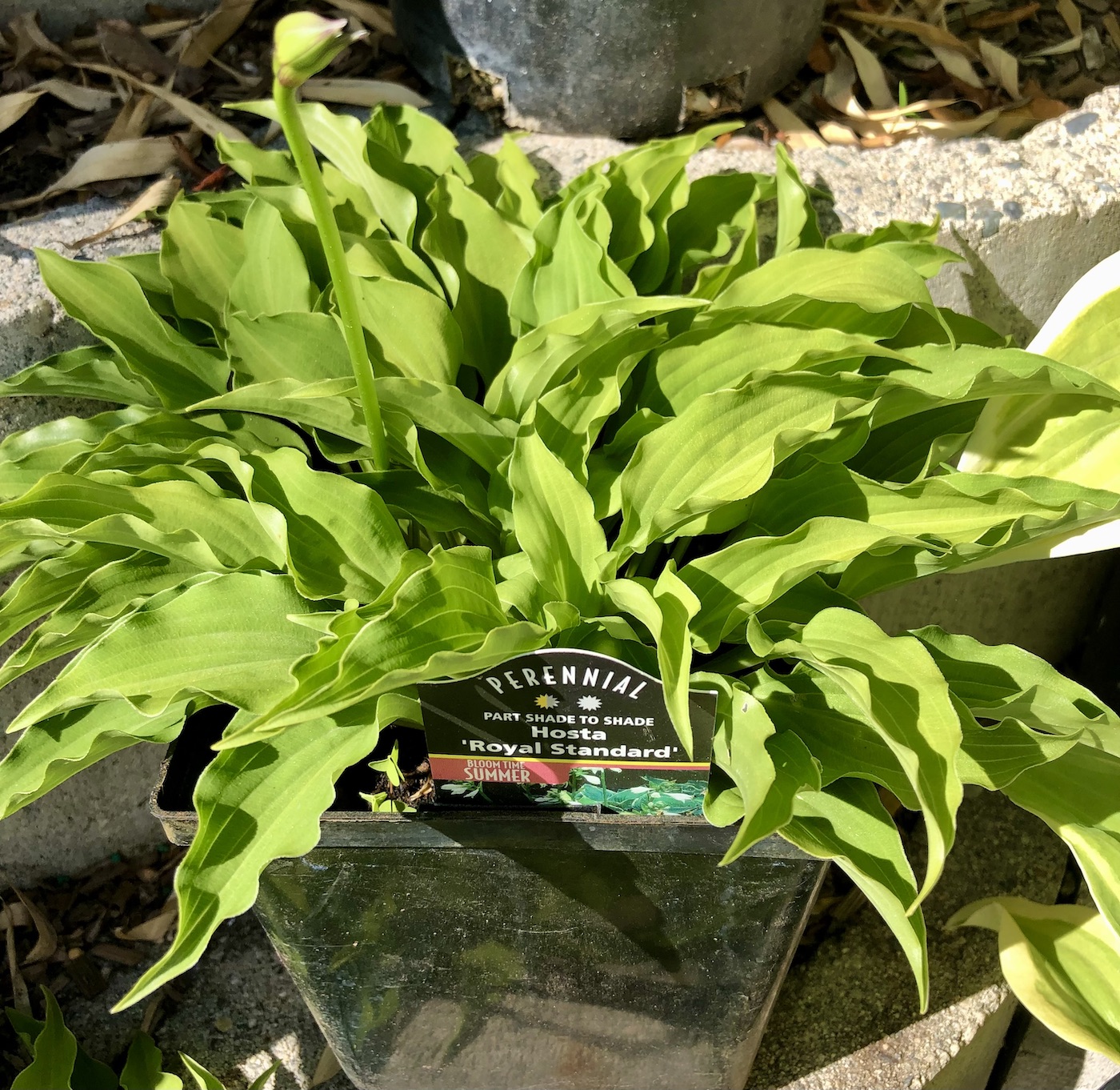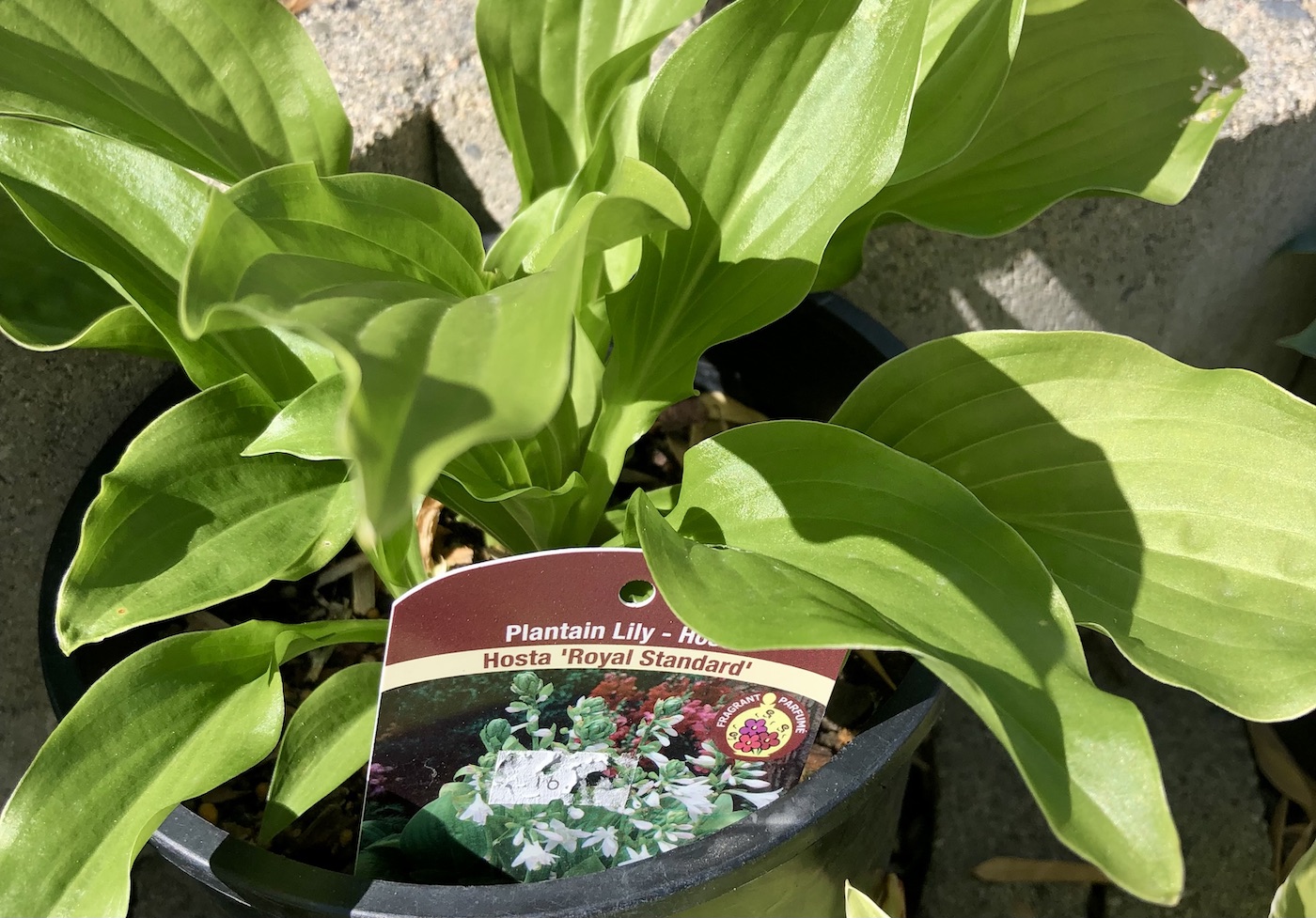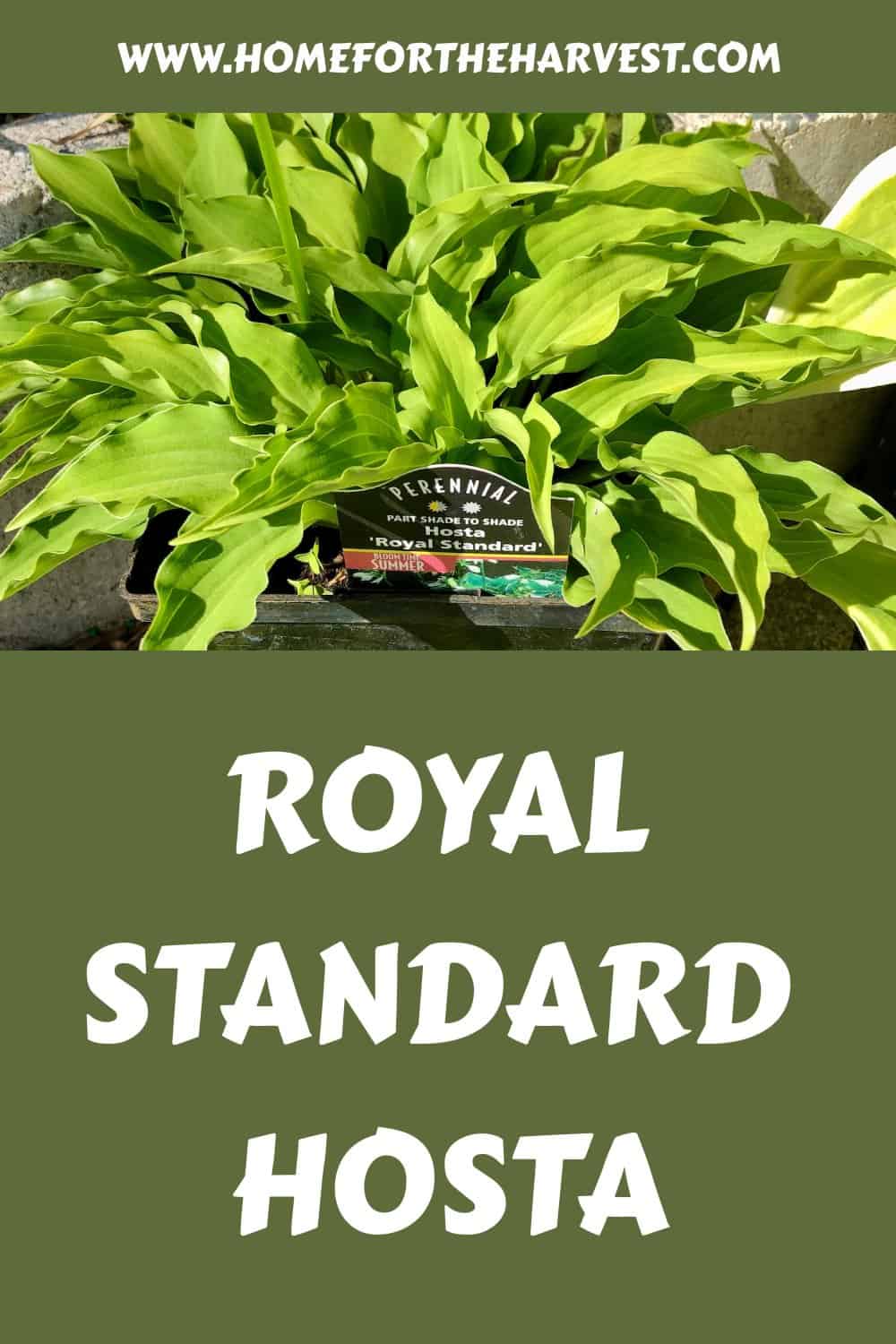Royal Standard hosta is a large hosta variety with narrow, gently undulating glossy green leaves. This cultivar is famous for its beautiful, fragrant, abundant white flowers. Royal Standard hostas are vigorous, easy to grow, and tolerant of full sun in all but the hottest climates. These plants grow well in zones 3-9 and grow best in slightly acidic sandy loam soil.
Introduction to the Royal Standard hosta
Royal Standard hosta is a large, green-leaved hosta variety that is known for its vigorous growth, beautiful flowers, and tolerance to direct sunlight in temperate climates. This plant grows best in moist, well-drained soil and can reach a width of 4-5 feet and a height of up to 36 inches. The glossy green leaves of this hosta plant have a gently undulating edge that becomes more pronounced on established plants.
The Royal Standard hosta blooms from midsummer to early fall and produces white, fragrant flowers that are 2-3 inches wide. The flower clusters are borne on spikes that can reach up to 40-42 inches in length, holding the hosta flowers nicely above the leaves.
Royal Standard hostas make an excellent addition to any garden or landscape in zones 3-9 and can be used as groundcover, in borders, or as standalone specimens. This cultivar is somewhat deer and rabbit-resistant (although they can still be browsed). Lastly, they’re easy to grow.
The Royal Standard hosta was bred by Jan Jacob Grullemans of Wayside Gardens and introduced in 1986. This variety was bred as a cross of Hosta plantaginea and Hosta sieboldiana. Here is a detailed article all about the different types of hostas.

Where to plant Royal Standard hosta
Royal Standard hosta is a sun-tolerant variety (but not sun-loving). It grows best in zones 3-9 in well-drained sandy loam soil.
Light requirements
Royal Standard hosta plants do best in partial sun to partial shade. In cool climates, they can tolerate full sun but may scorch in the most intense sunlight (especially in the afternoon). Keep these plants to morning sun only in zones 7-9, and consider full shade if possible. In cooler zones, they may be able to take full sunlight all day, provided the plants have enough water.
Soil requirements
Royal Standard hosta plants should be planted in moist, well-drained soil. They do best in slightly acidic sandy loam soil but can tolerate a wide range of soils if the drainage is good. A pH of 6 is optimal. Do a soil test and use an organic soil acidifier product if your soil is overly alkaline.
When to plant royal standard hosta
The best time to plant hostas is in the spring. It’s best to wait until the soil is warm and the plant has leafed out a bit, but you can certainly plant them as soon as the soil can be worked if you like. Just don’t expect them to sprout and leaf out as soon any nearby plants that were established previously.
Royal Standard hostas can also be planted in the fall, but they may not have time to establish a good root system before winter. Hostas can be planted successfully at any time of year, provided the soil isn’t frozen, but they may not be quite as vigorous at first.

How to plant royal standard hostas
When planting hostas, dig a hole that is twice as wide as the pot the plant is in and just as deep. If your soil is poor, amend it with compost before planting. Remove the plant from the pot and gently loosen the soil around the roots. Place the plant in the hole and fill it in with soil, making sure to firm it around the base of the plant. Water well. Read more about how to plant hostas here.
Mulching hostas
Mulching hostas helps to retain moisture in the soil and keep roots cool in summer. A layer of organic mulch 2-3 inches deep is all that’s needed. Be sure to keep mulch away from the base of the plant to avoid crown rot.
Watering hostas
Royal Standard hostas are not drought tolerant until they are very established and will require regular watering during periods of hot, dry weather. They should be watered deeply and allowed to dry out somewhat between waterings. In cooler weather, they will usually need less water.
Hostas naturally grow in very rainy environments, so most gardeners will have to water them occasionally (even when established) for the best results. Always try to water the soil at the base of the plant directly and avoid getting the leaves wet on a regular basis. Moist foliage is a recipe for disease proliferation.
Fertilizing Royal Standard hosta
Royal Standard hosta plants do not require much fertilization. A light application of an organic nitrogen-rich fertilizer in the spring is all that’s needed. You can also use a balanced organic fertilizer at half the recommended rate or so. Do not fertilize hostas in the fall.
Pruning a Royal Standard hosta
Pruning Royal Standard hosta is not necessary but can be done to control the size of the plant or remove dead or damaged leaves. To prune, simply cut off the desired amount of foliage with sharp scissors. Make sure to disinfect the scissors to prevent the spread of disease between plants. The entire plant can be cut back in late fall after the first hard frost.
Companion plants
Some good companion plants for hosta include ferns, lamium, bleeding hearts, and ivy. These plants all grow well in moist, shady areas and help to keep the soil cool and moist. Here are some more excellent companions for hostas.
Pests affecting hostas
The most common pests that affect hostas are slugs and snails. These slimy creatures can quickly destroy a hosta plant, so it’s important to take steps to protect them. There are a number of ways to deter slugs and snails, including using traps, beer, or organic slug control products.
Another common pest that affects Royal Standard hosta is the Japanese beetle. These ravenous little creatures can quickly strip a plant of its leaves, leaving it vulnerable to disease and sun damage. The best way to control Japanese beetles is to handpick them off the plant and drop them into soapy water. You can also use traps or organic insecticides.
Diseases affecting Royal Standard hosta
The most common disease that affects Royal Standard hostas is crown rot. This fungal disease thrives in wet, humid conditions and can quickly kill a plant. To prevent crown rot, make sure to plant royal standard hostas in well-drained soil and keep the area around the plant free of debris. If you see signs of crown rot, cut off the affected leaves and dispose of them immediately.
Another common disease is powdery mildew. This fungal disease appears as a white, powdery growth on the leaves and can quickly spread to other plants. Powdery mildew thrives in humid conditions, so it’s important to water royal standard hostas at the base of the plant and avoid getting the leaves wet. If you see signs of powdery mildew, remove the affected leaves and dispose of them immediately. You can also use an organic fungicide to prevent powdery mildew from spreading.






